
Originally posted July 31, 2017
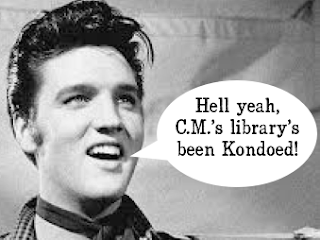
I moved. And of course, this involved oodles of Kondo-ing.
For those who missed the phenomenon of Japanese tidying expert Marie Kondo: She says the way to do it is to pick up each object and ask yourself, does this spark joy? If so, keep it (even if it’s a raggedy T-shirt), and if not (even if it’s a brand new suede sofa that cost a heap), thank it, then chuck it— or donate it or sell it, or whatever, but get it out of your space. Many organizers and sundry pundits have dismissed Kondo-ing as “woo woo.” Too bad for them because, by Jove, by whatever Shinto spirit you want to name, or the god Pan, or Elvis Presley, it works.
My personal and working library is at last in good order, and I am delighted to share with you, dear and thoughtful reader, just a few of the many old friends that sparked much joy:

See this post that mentions the luminous Sara Mansfield Taber: “So How’s the Book Doing? (And how many books have you sold? And what was your print run?)”
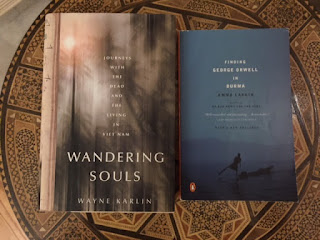
Both of these books made my annual top 10 book read lists. 2011 Wandering Souls: Journeys with the Dead and Living in Viet Nam ; 2014 Finding George Orwell in Burma. (Note: links goe to old blog platform; soon to be updated)
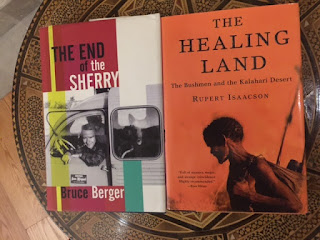
Post re: Bruce Berger’s amusing, eccentric and very sensitive artist’s memoir. I often quote from Rupert Isaacson’s The Healing Land in my literary travel writing workshops.
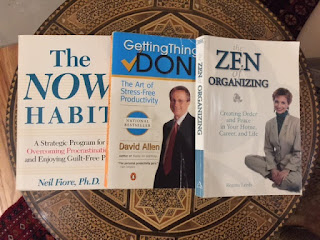
Taking the advice in Neil Fiore’s The Now Habit enabled me to finish my novel.
David Allen’s GTD saves the bacon every time.
Back in 2010 Regina Leeds contributed a guest-blog:“Five Plus 1 Resources to Make a Writer Happy in an Organized Space”. (Note: link goes to old blog platform; soon to be updated)
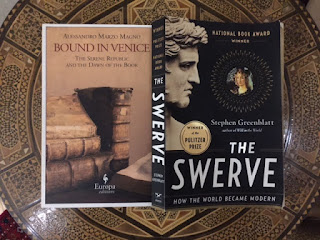
I have a sizable collection of books about books. Books for me are heaven. I wrote a bit about book history in my recent longform Kindle,“Dispatch from the Sister Republic or, Papelito Habla” .

Sophy Burnham is best known for her works on angels, but she has a sizable body of outstanding work of literary essay / sociology. Her The Landed Gentry was especially helpful for me for understanding some of the characters in one of my books. Doormen by Peter Bearman… that merits a post…
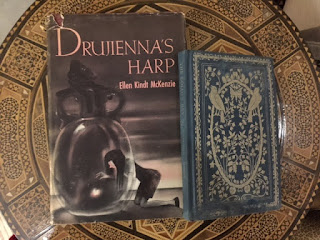
Drujienna’s Harp was one of my very favorites when I was first starting to tackle reading young adult novels. As for The Golden Key, pictured right, my copy was left for some days by an open window in the rain back in 1960-something, but I have saved it, and I always shall.
I welcome your courteous comments which, should you feel so moved, you can email to me here.

Reading Mexico:
Recommendations for a Book Club of Extra-Curious
& Adventurous English-Language Readers
Una Ventana al Mundo Invisible (A Window to the Invisible World):
Master Amajur and the Smoking Signatures








